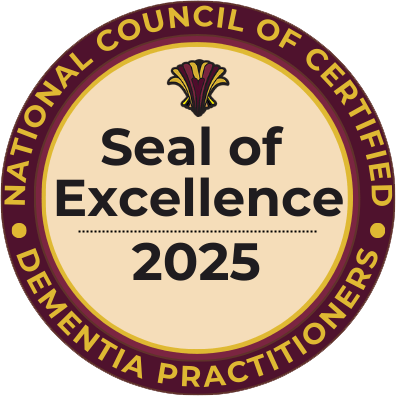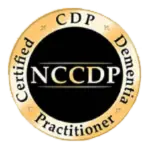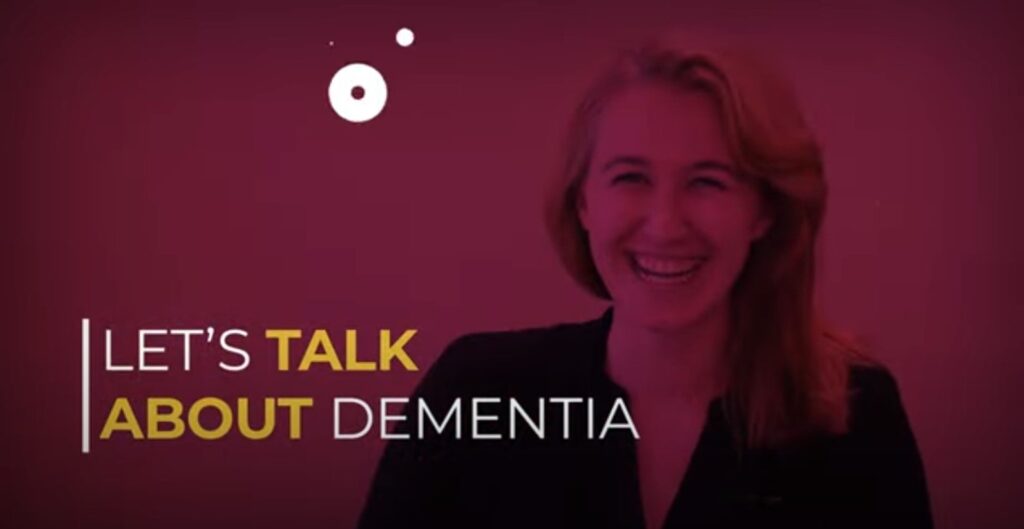How can we mitigate, manage, and help the behaviors from persons living with dementia?
You know, I started in the early-to-mid 90s and, really, it was a good old days where, you know, we really everyday language was the person being difficult. The person with difficult behaviors spitting, scratching, biting, and I’m so glad how far we’ve come. That there’s so much information available to us now to really evaluate by the way we all have behavior. I don’t know if you get angry, but I do. I was so grateful in my own teaching or through the NCCDP to kind of resonate that we learn in maslow’s hierarchy. I think it was from like psychology class all human needs and so any of us who are tired or hungry or cold and pain or thirsty. If we we’ve addressed those, then we might have someone who’s lonely or bored or sad or thinks they have to go to work. So I really find that to be a good kind of algorithm using it as shift exchange and staff huddle pulling out the the triangle and saying okay let’s start here. Okay, we ruled out it’s not pain, they’re not cold, Jim’s asking for a cab because he’s got to get to the shop. So then we want to lean in and give them a chance to feel needed and useful. So I really believe if we can get into that life story and learn 10 defining facts about people and really use that in creative caregiving it could almost be the difference of not needing to go to psychotropic medication for redirection. So it’s pretty powerful stuff that we can flip on its head. They are not trying to be difficult, they’re having a difficult time. So I like really reframing behaviors for sure.























